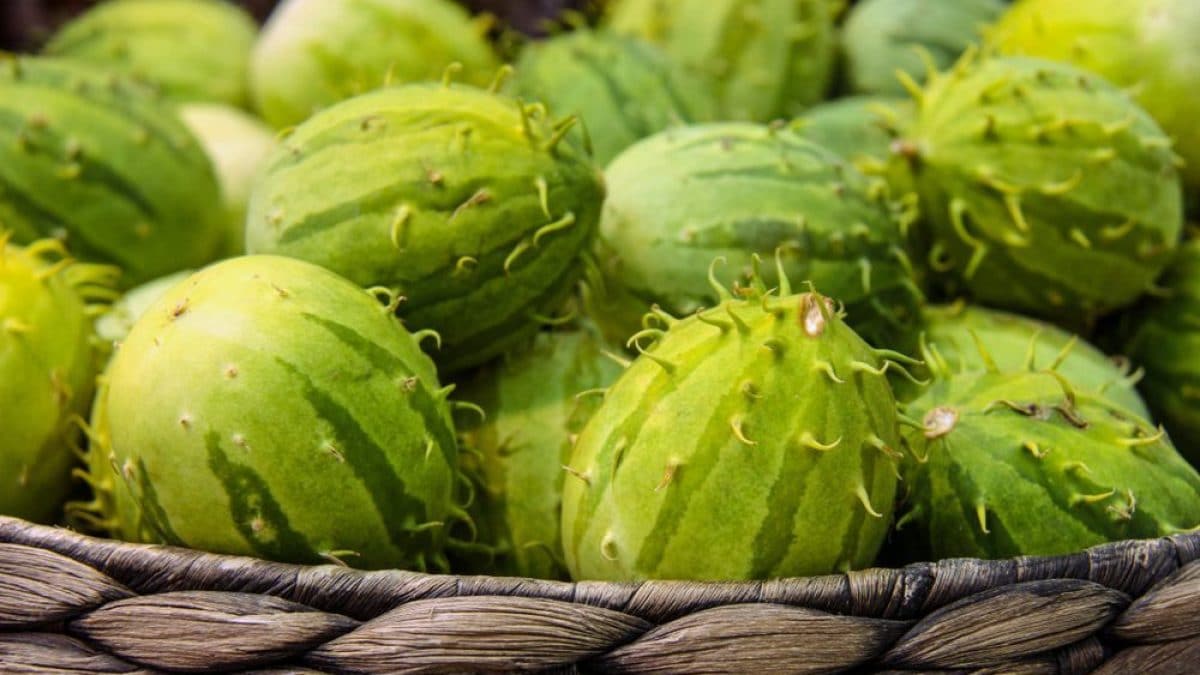
Very low in calories, packed with nutritional value, offering a wide range of benefits for the body, and a high water content, cucumbers are a true ally of our health. These summer fruits and vegetables are ideal for bringing simple, light dishes to the table . Precisely because of these characteristics, we tend to associate cucumbers only with a diet, but in reality, they are a food that can be much more satisfying. The Cucurbitaceae family to which cucumbers belong (the same as squash, zucchini, melons, and watermelons) is much richer than you might imagine, and there are dozens of different varieties of this vegetable, each with its own distinctive appearance, texture, and flavor. The U.S. is rich in different types of cucumbers, grown primarily in California, Florida, Michigan, Georgia and North Carolina, but there are just as many around the world, some of which are very special. Let's discover the most unique and delicious cucumber varieties.
1. Ashley
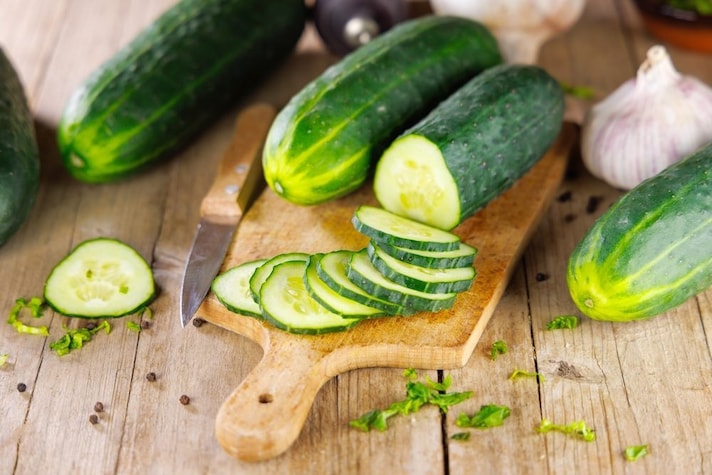
The Ashley cucumber variety is the most widespread and common, the one you typically find on fruit and vegetable stands. A classic, fairly elongated, dark green cucumber with few thorns on the skin, it is known for its good yield and resistance to various diseases. In our hemisphere, it ripens from April to September and is suitable for both fresh consumption and pickling.
2. Marketer
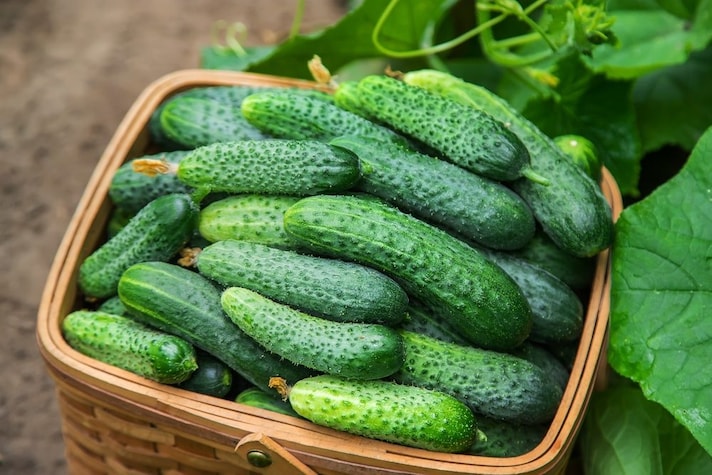
Equally popular is the Marketer, a cucumber with a shiny skin but more spines along its length and a thicker, smoother texture, with crisp, white flesh. It is particularly low in calories and rich in mineral salts and vitamin C, which is why it is used not only in cooking but also in cosmetics, especially for its ability to soften the skin.
3. Barrattiere
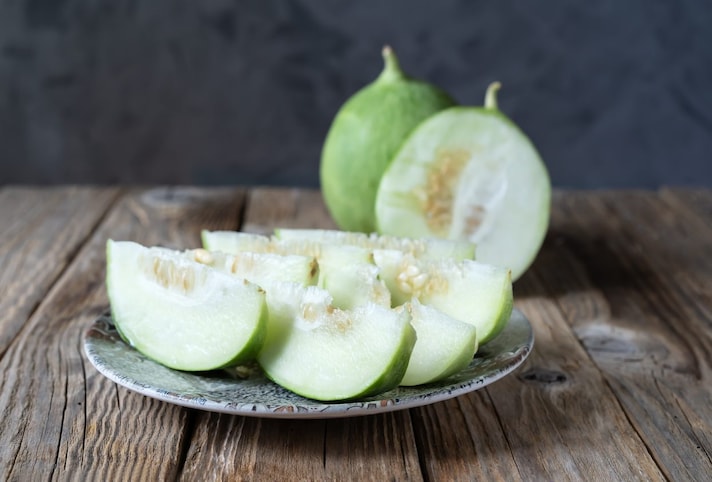
Distinctive round shape, a lightly fuzzy rind, and sweet, green flesh: the Barattiere is one of the most popular cucumber varieties. A quintessential Apulian delicacy, it belongs to the Cucumis melo species (it's no coincidence that it resembles a melon in shape and flavor). It's also known as the "Tondo di Fasano" and lacks the molecule that makes cucumbers difficult to digest. This characteristic, combined with its pronounced sweetness, makes this cucumber ideal for eating raw, especially in salads and dips.
4. Carosello
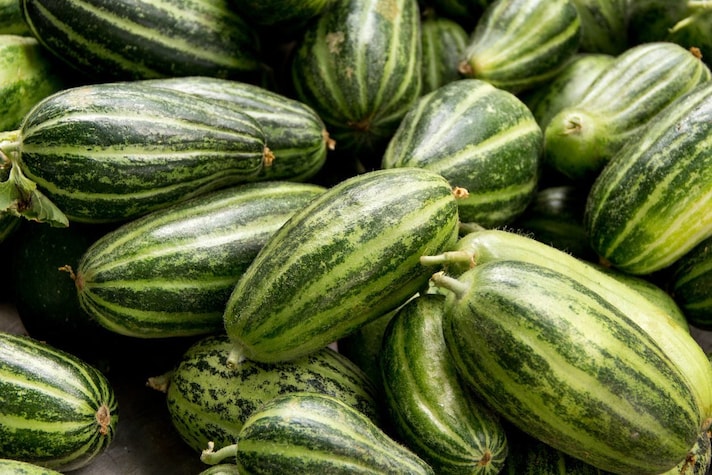
Also hailing from Puglia, the Carosello cucumber is a very distinctive variety with a squat shape and a smooth, shiny, and striped skin like a watermelon. Like the Barattiere, it belongs to the Cucumis melo species and lacks the molecule that makes cucumbers difficult to digest. However, its flesh is firmer and crispier, yet equally sweet. It's eaten in salads, as an appetizer, and in rice or pasta salads.
5. Facussa

Its long, thin shape is more reminiscent of a zucchini, but the Facussa is actually a particular type of Cucumis melo. Its name derives from the Arabic term “faguss” (cucumber), and in fact this variety was imported from Tunisia by the Ligurian population who first emigrated to this land and then, in the mid-16th century, colonized the Sardinian island of San Pietro. Here the Facussa cucumber found an ideal habitat, so much so that today it is considered a Sardinian variety in its entirety, so much so that it is called Facussa di Carloforte. Characterized by a fresh, delicate flavor, not very sweet, and a crunchy texture, it is still grown in this area of Sardinia today, where it is the protagonist of typical dishes such as cappunadda, a mixed salad where the cucumber is combined with tuna in oil, biscuits, tomato and other ingredients such as hard-boiled eggs, beans, olives, capers and onion.
6. Japanese Cucumber
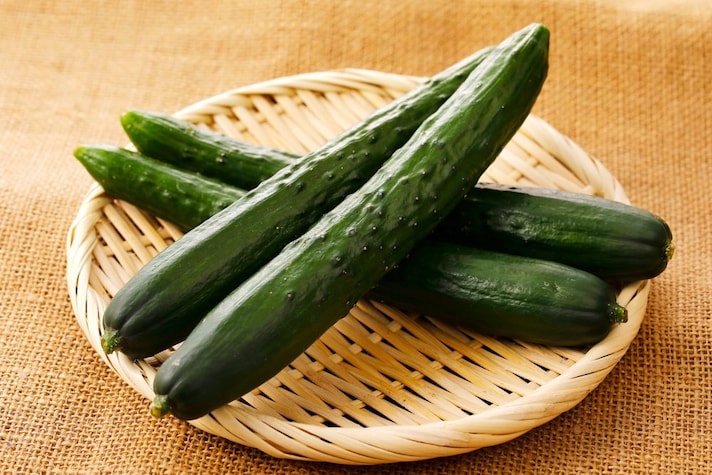
The term Japanese cucumber includes a whole range of long, thin cucumbers typical of the Land of the Rising Sun, characterized by their long, thin shape and delicate, particularly digestible flavor. The flesh is crunchy and tender, with very few seeds, which is why these cucumbers are used in salads or marinated: the most famous recipes are sunomono, a salad of very thinly sliced cucumbers marinated in a mix of rice vinegar, sugar, and soy sauce, and kyuri asazuke, a summer snack made with sweet and sour marinated cucumbers.
7. Kachri
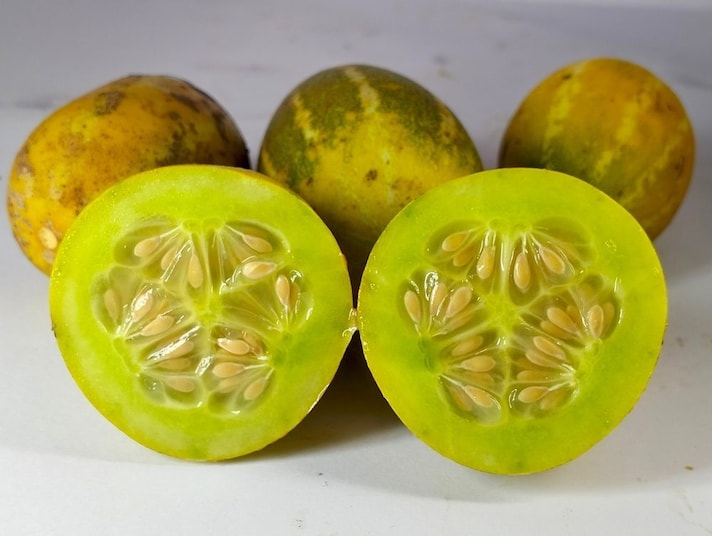
Kachri, also known as the "West Indian Gherkin," comes directly from India, specifically from the Rajasthan area. It is a particular type of cucumber, mainly wild, small in size (about the size of an egg), with streaked skin that ranges from green to brown. The flavor is very delicate, with a slightly sour note, and it is a very versatile product: it is eaten raw, steamed or sautéed, but also processed as a pickle and even dried, used as a powder to flavor the most varied dishes.
8. Lemon Cucumber
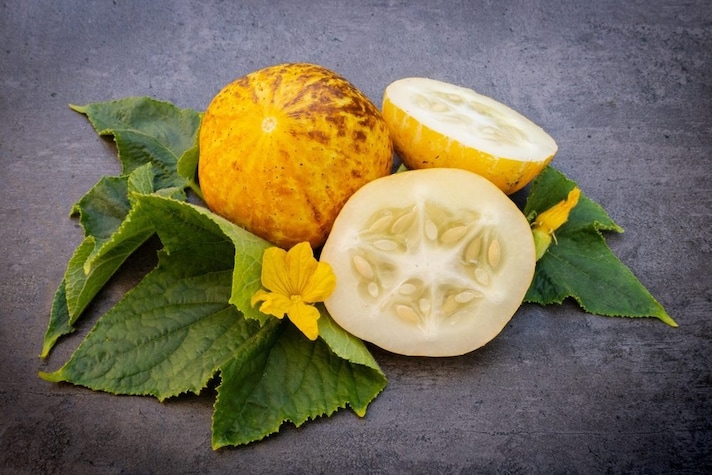
The lemon cucumber, whose scientific name is Cucumis sativus, is a very particular variety of cucumber native to Russia. It owes its nickname to its unique appearance: round, about the size of a tennis ball, yellow and smooth, just like a lemon. Flavor-wise, however, it has nothing to do with citrus: the taste is classic cucumber, fresh and sweet, with just a hint of bitterness.
9. Transylvanian Brown
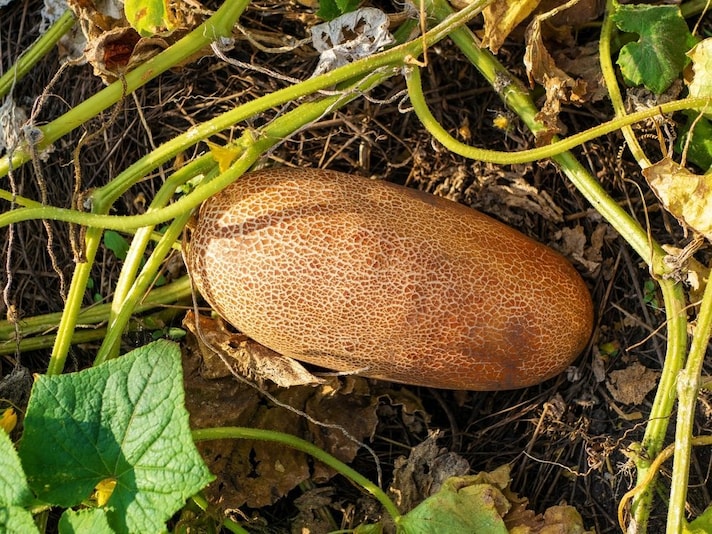
The Transylvanian brown cucumber, also known as the Brown Kibédi, is a variety native to the area of the same name, from which it takes its name. It is characterized by a thick brown skin when fully grown and a delicate, generally sweet flavor. It is widely used in Balkan and Asian cuisine, especially as an ingredient in stir-fries.
10. Antillean Cucumber (Maxixe)
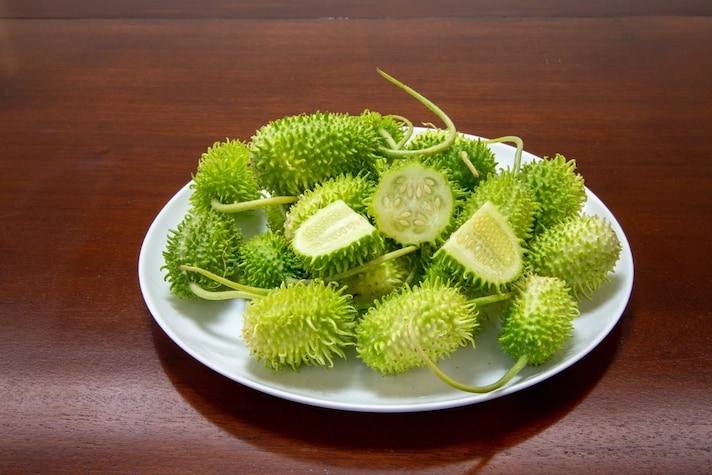
Scientifically called Cucumis anguria, commonly known as the Antillean cucumber, the Maxixe is a type of this vegetable native to Africa but which, during the era of colonization and slavery, spread to many tropical and subtropical regions such as Brazil and the Caribbean region from which it takes its name. The very tasty fruits are eaten cooked or raw, preserved in vinegar, and have a very rich flavor, similar to the common cucumber but, depending on the type and the area in which they are grown, can have a citrus aftertaste reminiscent of lemon.
11. Parisian
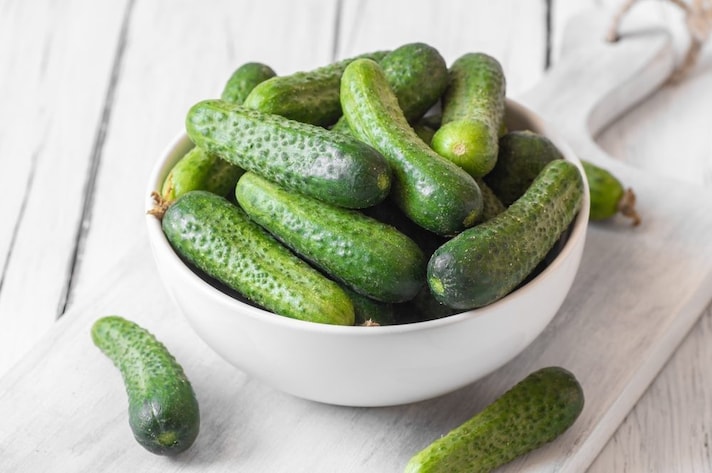
The "Little Green Parisian Cucumber," more commonly known as the Parisian, is a small variety characterized by a squat shape with a prickly skin and white, firm, sweet flesh, with very few seeds and a very crunchy texture. For this very reason, they are mainly used for making pickled gherkins to be eaten whole as a snack or added to mixed salads.
12. Curly Cucumber

The curly cucumber, also known simply as the “curly” or Arabian cucumber (Cucumis dipsaceus), is the cucumber variety with the most distinctive appearance of all the existing types: it doesn't really look like a cucumber because it is a tuft of acid green with yellow hues, covered with a thick crown of tender spines. Native to tropical East Africa, it has a flavor similar to that of the traditional cucumber, but with a slightly more bitter note, especially if the fruit is not young.
13. Tortarello
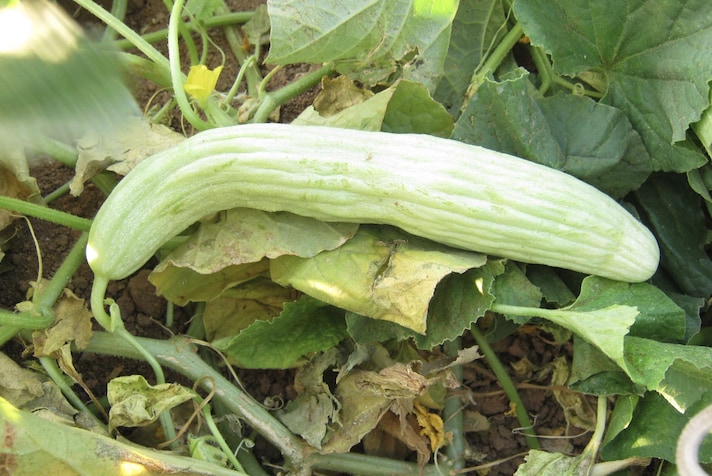
Halfway between a cucumber and a species related to the melon, the tortarello is a very ancient variety dating back to the Middle East. It is a light green variety that tends to twist when growing on the ground, with an edible peel and sweet, crunchy flesh. Scientifically speaking, they are actually melons, but they are used just like cucumbers, preferring them to many for their high digestibility. They should be harvested unripe and eaten raw in salads.
14. White Wonder
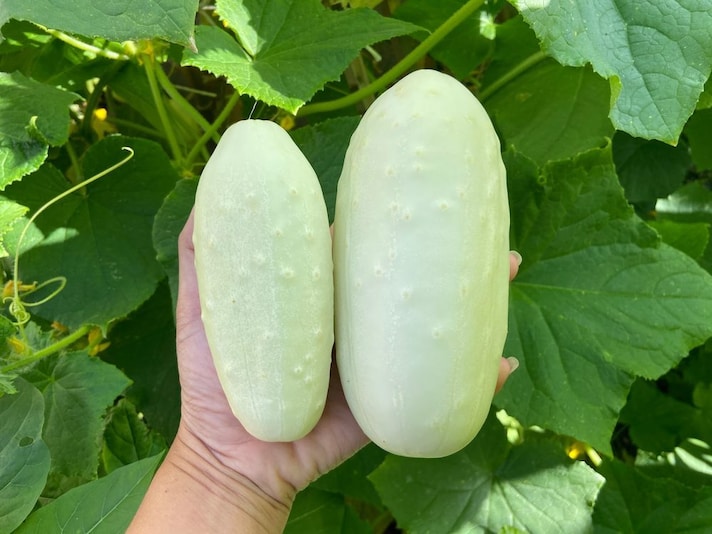
Cucumis sativus, also known as White Wonder or simply white cucumber, is distinctive for its smooth, white skin with creamy hues. Its flesh is firm and full of seeds, while its flavor is milder than traditional green cucumbers. White cucumbers are primarily used raw in salads, but can also be pickled or used for other culinary purposes.
15. Bitter Melon
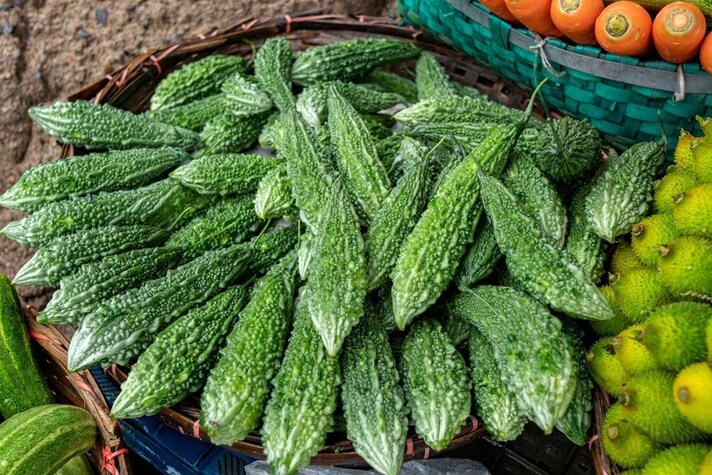
Bitter cucumber, also known as Momordica charantia, is a particular type of cucumber known for its unique flavor, which is very bitter due to a particularly high concentration of cucurbitacins, substances also found in common cucumbers but in smaller quantities. This cucumber (which, in fact, is not really a cucumber at all) is mainly consumed as a cooked vegetable —it is found in many Chinese stir-fries and soups, for example—but it is also famous for its use as a natural medicine due to its many nutritional qualities.
;Resize,width=767;)
